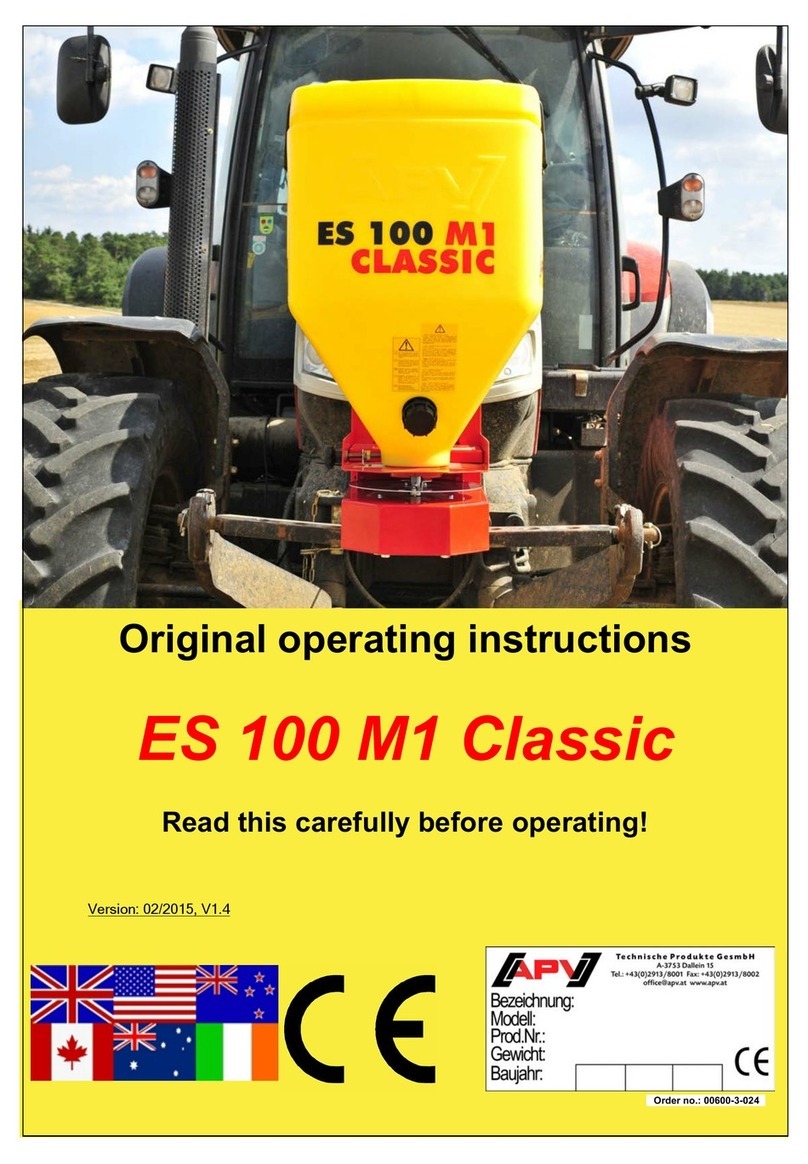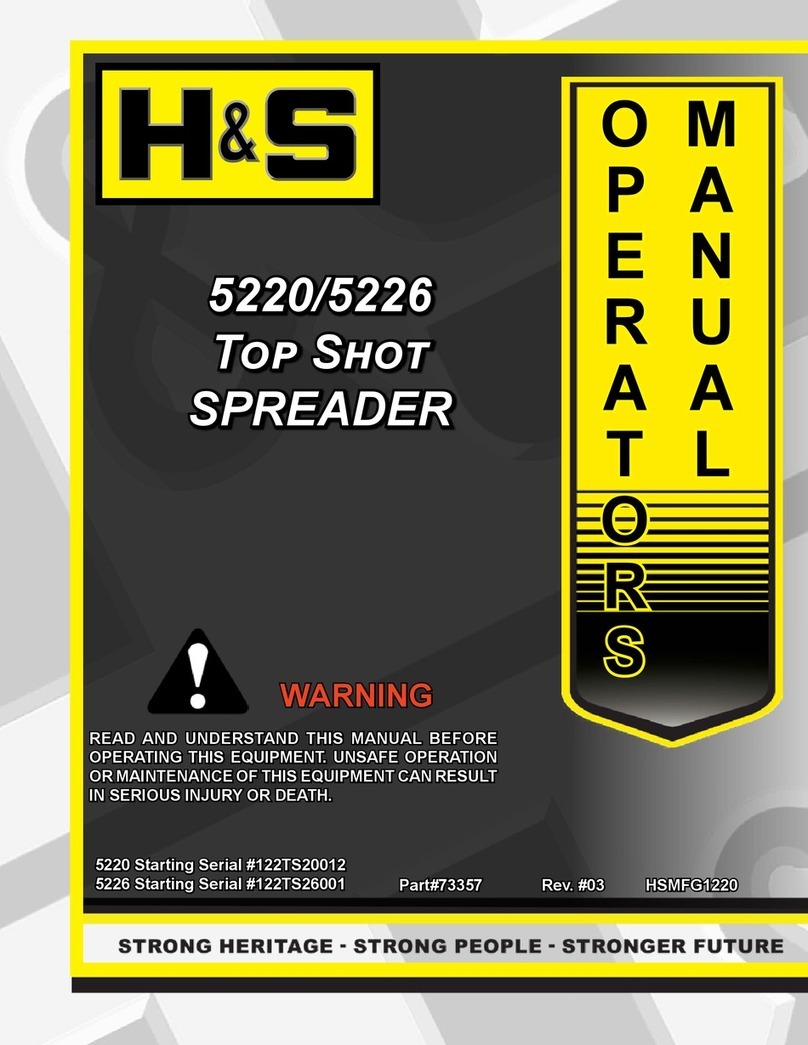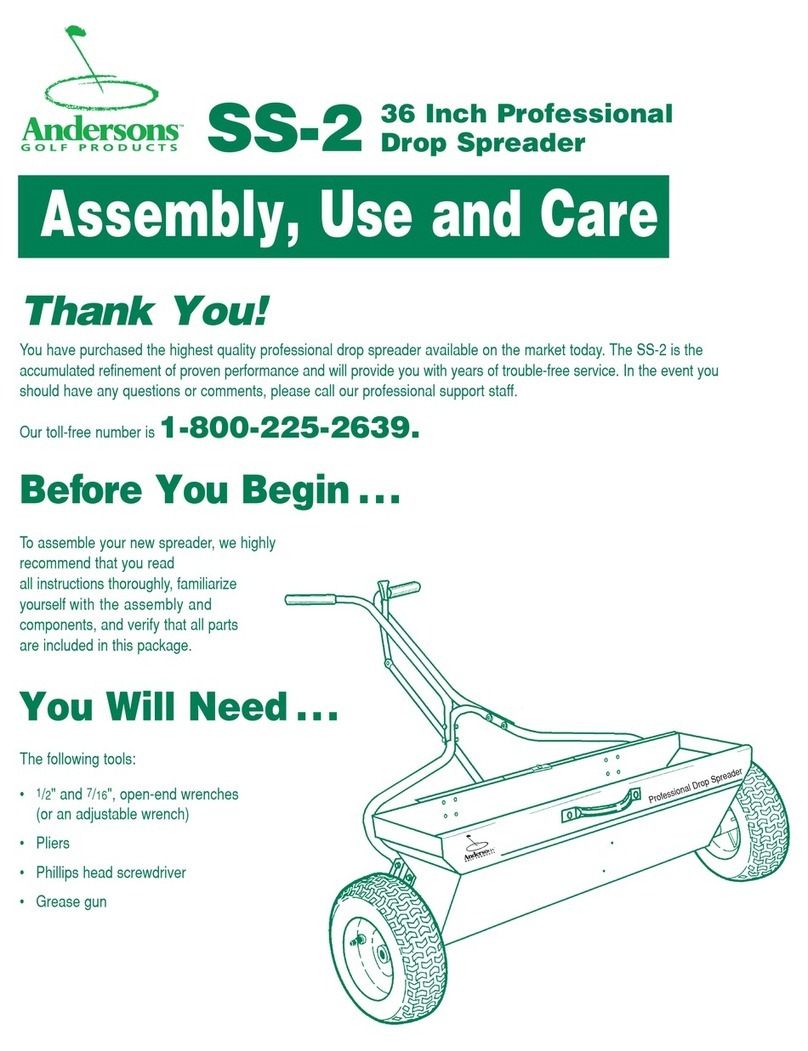MNP85ENV00 Rev.02 (2014-01-07) Page 4 of 20
1. General description
This document aims to provide the necessary information for proper handling and
operation of the BT11 banknote reader, and for solving simple problems. However, for
more complex problems, you should contact your nearest Jofemar technical support
service.
This BT11 banknote reader is available on this different model:
- With MDB protocol, quite common in vending machines, tobacco and snacks.
1.1 Banknote reader structure
The BT11 banknote reader consists of a reading head that reads the banknote and
validates it against a set of patterns it has stored in memory. Should the banknote be
recognised, it is sent to a stacker used for storing the banknotes.
The standard front cover of the banknote reader has several status LEDs, 10 of them
are blue and 4 are red, which show the reader’s activity at all times as well as possible
failures. There is a special model with 10 red LEDs and 4 yellow LEDs. In the rest of
this manual, every time there is a mention to the LED colour it is referred to the
standard front cover.
1.2 Mechanical characteristics of the banknote reader
Easy access to internal parts without the need for special tools.
Top security stacker.
Easy to dismantle.
It can work in escrow mode, so the banknote is held back so it can be returned to
the customer until a sale is made.
Integrated stacker system with interchangeable cassettes and lock, using same,
different key and master key possibility.
Stacker capacity is 200, 375 or 500.
Wheel-based banknote transportation system, avoiding unreliable conveyors.
Special jam sensor.
The banknote reader can be mounted right side up or upside down.
Maximum banknote dimensions: 159x74mm (6.259x2.913 inch) with standard
cover, but it could be increased up to 80mm (3.150 inch) width by using a special
cover.
Minimum banknote dimensions: 62x120 mm. (2,441 x 4,724 inch)
Weight of the banknote reader: 960gr (2.12 lb.) without stacker or 1450gr (3.22
lb.) with stacker 200, 2000gr (4.41lb) with stacker 375, and 2250gr (5 lb.) with
stacker 500.
Minimum acceptance about 95% for banknotes in good condition.
Retention of patterns: minimum 10 years.
Half time among calibrations: 3 months depending on the atmosphere use.
1.3 Dimensions of the banknote reader
DIMENSIONS (mm)
BT11 Model Width Depth Height
With stacker 200 93.5 139 272.5
With stacker 375 93.5 143.7 272.5
With stacker 500 93.5 158.7 272.5



























